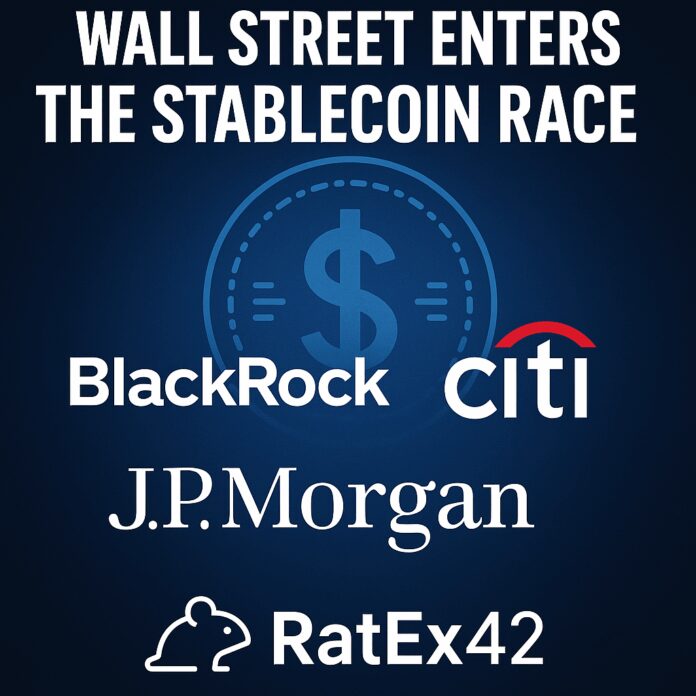BlackRock, Citi, and JPMorgan Signal Institutional Push into Tokenized Dollars
From private blockchains to regulated issuance rails, America’s financial giants are gearing up to shape the future of digital money. A turning point for stablecoins—and a wake-up call for crypto-native issuers.
Wall Street wants in on stablecoins
According to Finextra, several of the biggest names in U.S. finance—including Citi, JPMorgan, and BlackRock—are preparing to launch or expand stablecoin-related initiatives.
The goal: institutional-grade digital dollars that combine on-chain efficiency with bank-grade trust and compliance.
While crypto-native firms like Circle, Paxos, and Tether have long dominated the stablecoin space, Wall Street’s recent moves suggest a dramatic reshaping of the market is underway.
Who’s doing what?
JPMorgan (Onyx)
Already operates JPM Coin on its permissioned Onyx blockchain
Used by clients for interbank transfers and repo settlements
Expanding support to tokenized intraday liquidity and cross-border payments
Citi
Piloting regulated tokenized deposits
Exploring interoperable stablecoin models for clients
Has warned that private stablecoins could be replaced by regulated bank solutions
BlackRock
Launched BUIDL, a tokenized money market fund on Ethereum
Exploring integration with on-chain stablecoins for treasury and settlement
BNY Mellon, Franklin Templeton, Mastercard
Participating in proof-of-concept networks like Regulated Liability Network (RLN)
Building the rails for tokenized assets + tokenized payments = programmable finance
These aren’t pilot projects in name only—they’re laying the foundation for regulated digital dollar ecosystems with backing from the Fed, OCC, and major regulators.
Why this is a game-changer
For years, stablecoins were DeFi-first, crypto-native instruments with fragmented oversight and variable transparency. That’s now changing.
Wall Street is signaling that:
Stablecoins are infrastructure, not assets
Compliance, KYC, and liquidity reporting will become non-negotiable
Bank-issued and permissioned stablecoins may become the default for large-scale finance
The real battle is at the middleware layer: who settles global flows on what rails?
This isn’t about memecoins vs. blue chips. It’s about who controls programmable cash at scale.
What it means for RatEx42 traders and institutions
1. The stablecoin field is going pro
Expect more USD-based stablecoins with full banking integration to enter RatEx42’s asset universe. These may be limited to verified wallets, but offer unmatched transparency and liquidity guarantees.
2. Different stablecoins, different compliance layers
We’re entering a tiered world:
Retail stablecoins (USDC, USDT) → Open networks, less oversight
Institutional stablecoins (JPM Coin, CitiToken) → Permissioned networks, stricter rulesRatEx42 will adjust asset onboarding criteria accordingly.
3. Tokenized treasuries + stablecoins = new yield markets
With players like BlackRock tokenizing T-bill funds, RatEx42’s clients could soon see on-chain money market strategies powered by regulated issuers.
Bottom line
The stablecoin wars are shifting—from crypto exchanges to Wall Street boardrooms.Circle, Tether, and PayPal aren’t the only issuers anymore. Now it’s JPMorgan, Citi, and BlackRock moving to define how digital dollars flow globally.
For RatEx42 and its users, the message is clear:The infrastructure of digital money is maturing fast—and the future is multi-rail, compliance-heavy, and institutional.
Stay sharp. Stay liquid. Stay RatEx42.




